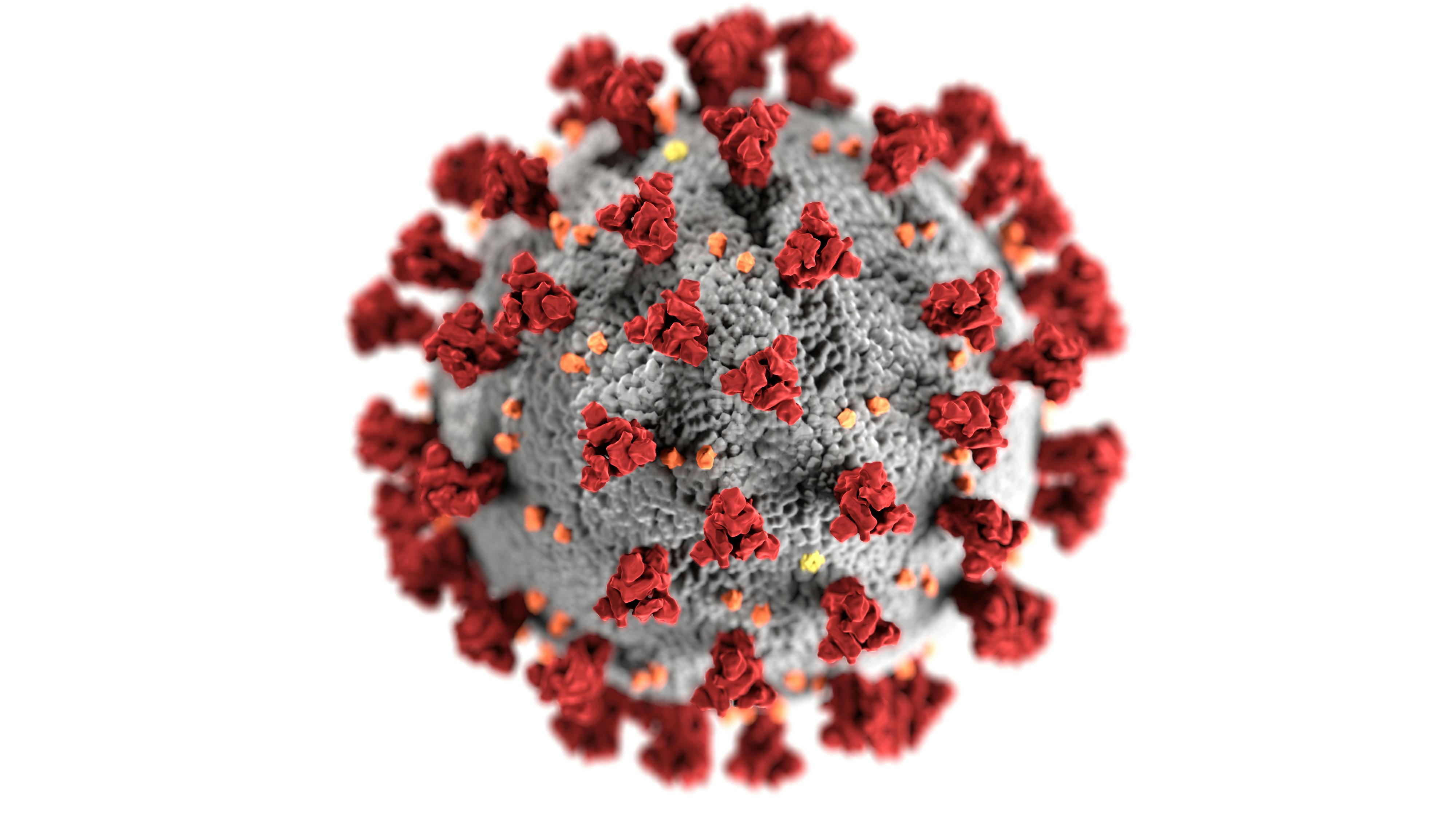Media release
From:
JAMA
Sex Differences in Long COVID
About The Study: This study found that female sex was associated with an increased risk of long COVID compared with male sex, and this association was age, pregnancy, and menopausal status dependent. These findings highlight the need to identify biological mechanisms contributing to sex specificity to facilitate risk stratification, targeted drug development, and improved management of long COVID.
Journal/
conference:
JAMA Network Open
Organisation/s:
University of Texas Health Science Center, USA
Funder:
This research was funded by grants OTA OT2HL161841, OT2HL161847, and OT2HL156812 from
the NIH as part of the Researching COVID to Enhance Recovery (RECOVER) research program. Additional support
was provided by grant R01 HL162373 from the NHLBI, NIH (Drs Thaweethai and Foulkes). This project was
supported in part by grant UM1TR004528 from the Clinical and Translational Science Collaborative of Northern
Ohio, which is funded by the NCATS, NIH (Drs McComsey and Singer), and KL2 TR002646 from the NIH (Dr
P. Shah).



 International
International



